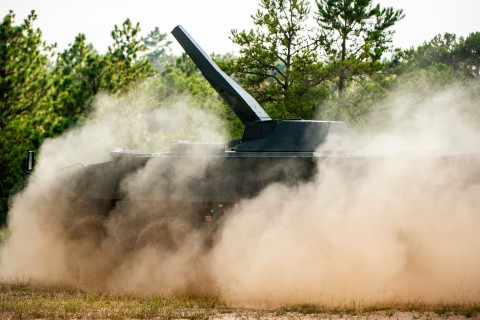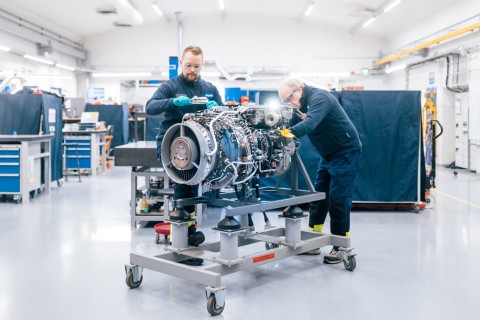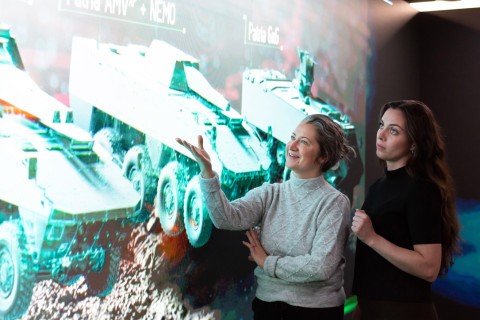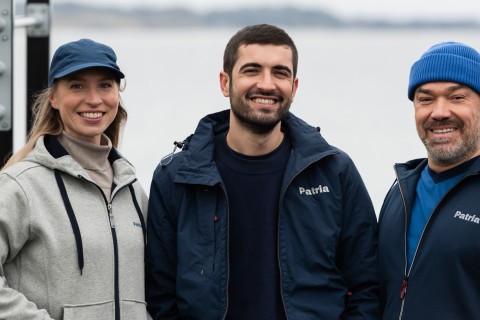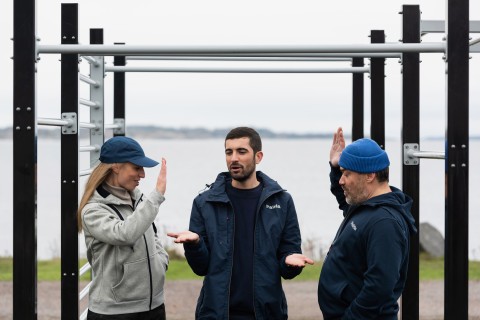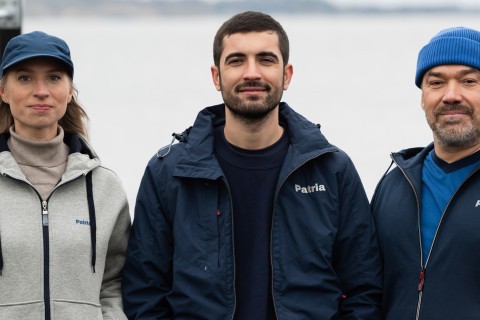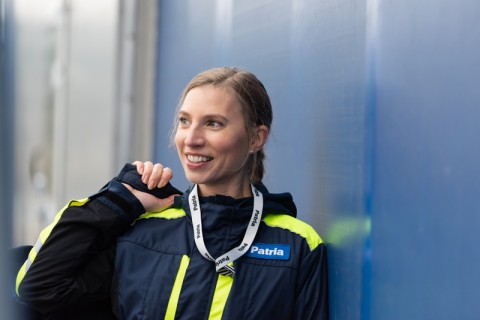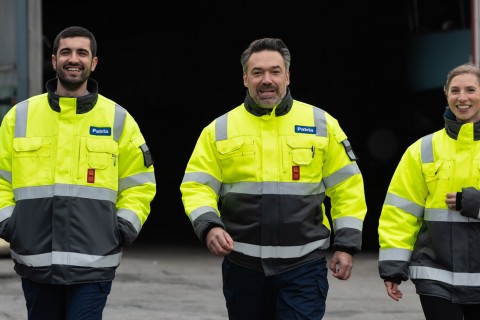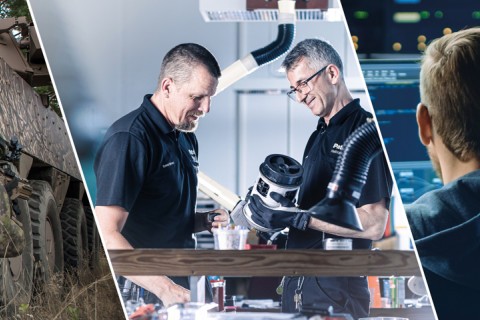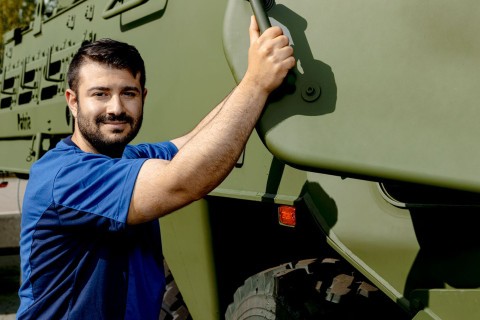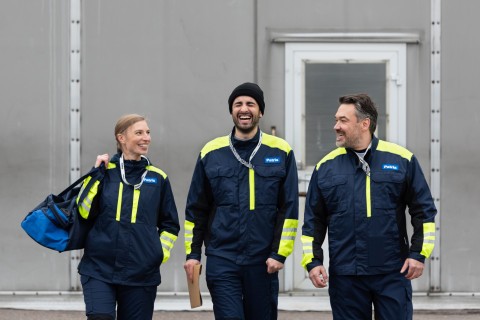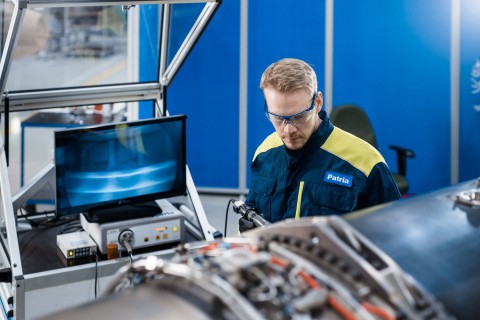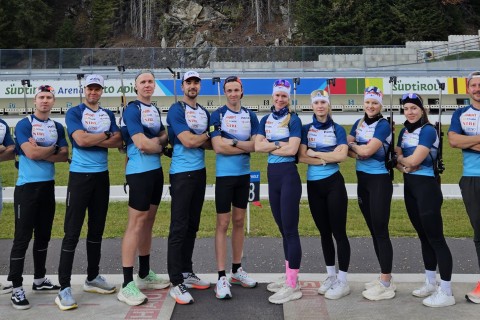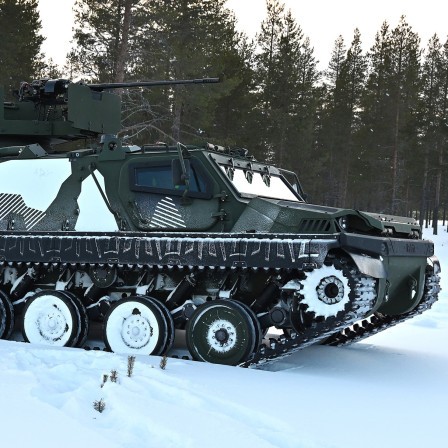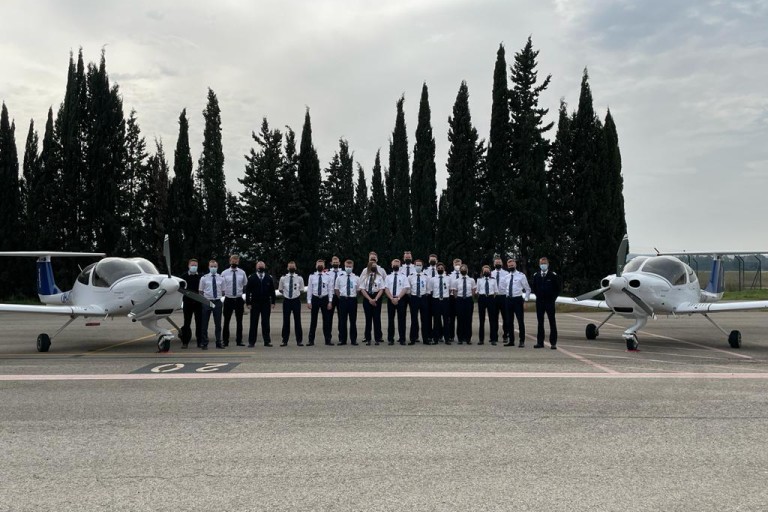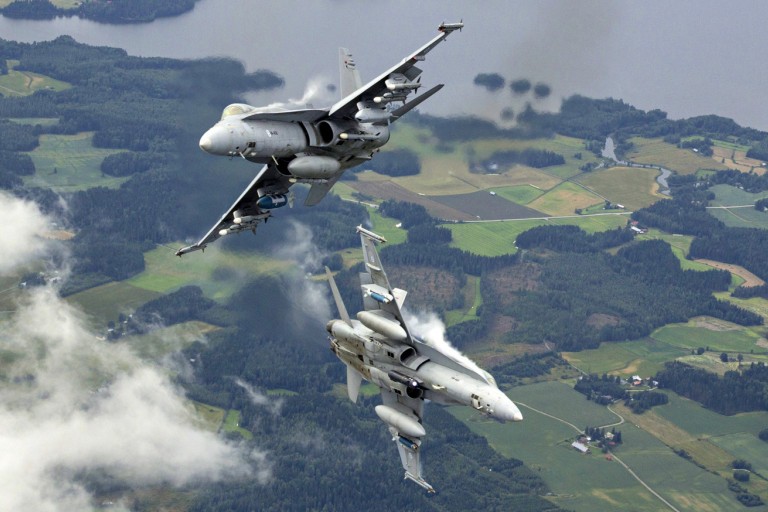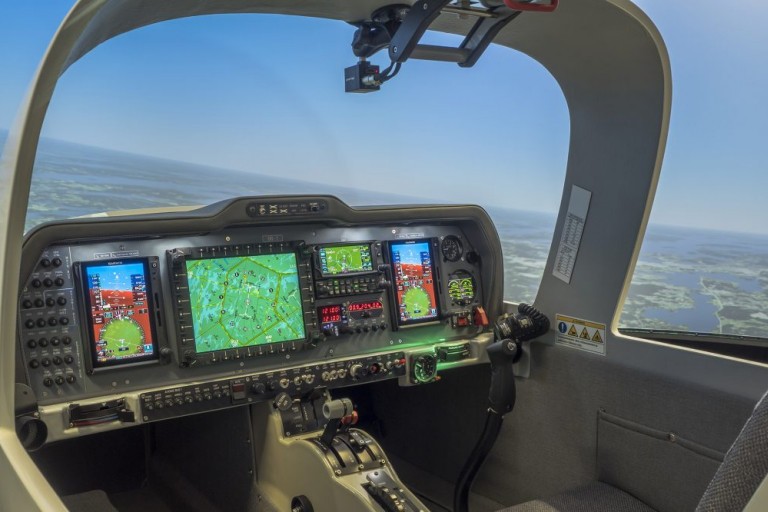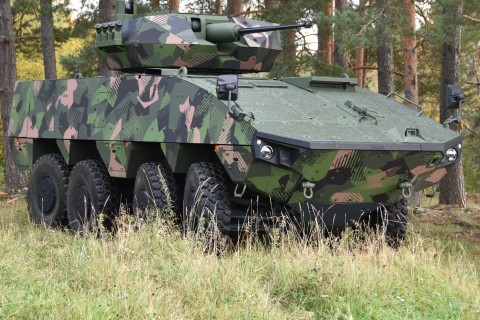
Live, Virtual, Constructive – cost-effective and better training
11.6.2018
Military aviation training will take a leap forward when LVC training, combining the real and virtual environments, begins to take off. Training in the LVC environment will bring significant cost savings and enable the implementation of more extensive and complex training operations. Three separate training elements are combined in the LVC i.e. the Live, Virtual & Constructive environment. Live means training done on the right aircraft. Virtual involves the integration of simulators with the same training environment. Constructive brings a third dimension to the training, when computers generate key actors in the scenario being rehearsed, which proactively adjust their behaviour in line with programmed models or artificial intelligence.
The creation of a multilevel training environment requires reliable and disruption-tolerant long-range air-to-air and air-to-ground networking capability. The Patria CANDL data link is specifically designed for applications like the one described. “Thanks to the High Level Architecture (HLA) network, these three training environments can be efficiently and versatilely combined, to create complex training operations that can simultaneously involve hundreds of participating elements. They can be real people and planes, simulators controlled by people, or programmed computer models”, says Jussi Virtanen, who is in charge of military flight training.
Huge cost savings
The trend in military aviation training is to further increase the use of simulators and synthetic training. In some air forces, around half of all fighter pilot training is already done in simulators. "The logic of military aviation training involves learning about the characteristics, functions and tactical aspects of the aircraft in an advanced simulation environment and reinforcing this in a genuine aeroplane. The number of flying hours on real aircraft will be reduced due to the high cost involved, and a workable balance between different forms of training will be sought", says Jyrki Myyryläinen, Vice President, Training. “Training in fighter aircraft costs many times more than simulator and computer-based training, whose implementation ties down only a fraction of the resources used in traditional training”, adds Myyryläinen. The LVC environment can provide the most dramatic cost advantages and maximum efficiency during large-scale air exercises.
"Large-scale exercises are performed around the world on a multinational level, to ensure that a sufficient number of elements are included in the air operations. Large quantities of resources and aircraft types have to be used for target operations. Exercises of this kind are very expensive. The participating air forces can test their skills a few times a year in a realistic operating environment. The LVC environment enables the implementation of exercises of a similar scale in the home country, on a daily basis and much less expensively", says Myyryläinen.
Patria is a forerunner
Military aviation training in the LVC environment is a new concept on the international scene. Patria is a pioneer in the sector, having been involved in developing data link and simulation training solutions since the Draken era. The Patria Systems business unit has extensive expertise in the required technology. It has developed the Hawk Link system alongside the Air Force. The system enables the simulation of a radar and other sensor-based situational picture similar to the operating environment of the multi-role Hawk trainer jets, and the combination of genuine and artificial targets in a challenging training environment.
In June, Patria will present the Hawk Link system developed in collaboration with the Finnish Air Force, which represents a concrete step towards an LVC training environment. There are no equivalents to this anywhere in the world. Knowledge and skills can also be downloaded, alongside the general trend in using simulators as a training aid. "Downloading means training in knowledge, skills and competencies at an early stage, in a more affordable and generally simpler type of aircraft", says Virtanen. By developing the LVC training environment, Patria is preparing for the Air Force’s HX fighter acquisitions of the next decade, by providing the training environment of the future, in which instructors can familiarise themselves with the HX world before the new machines are even available.
National and scalable platform
Myyryläinen and Virtanen want to emphasise that the LVC training environment, co-developed with the Air Force, can be scaled for many purposes beyond military aviation training. It is not dependent on any particular aircraft or branch of the defence forces. "Our goal is to develop a national and comprehensive defensive training environment that can be combined with all branches and equipment of the defence forces. In the future, the LVC training environment will therefore provide a platform that can be used equally well in individual exercises involving naval vessels and joint air defence exercises involving all defence branches, down to the level of individual soldiers or armoured vehicles", envisages Virtanen.
What did you like about the article?
Thank you for your opinion! You can share the article on social media using the buttons below:
